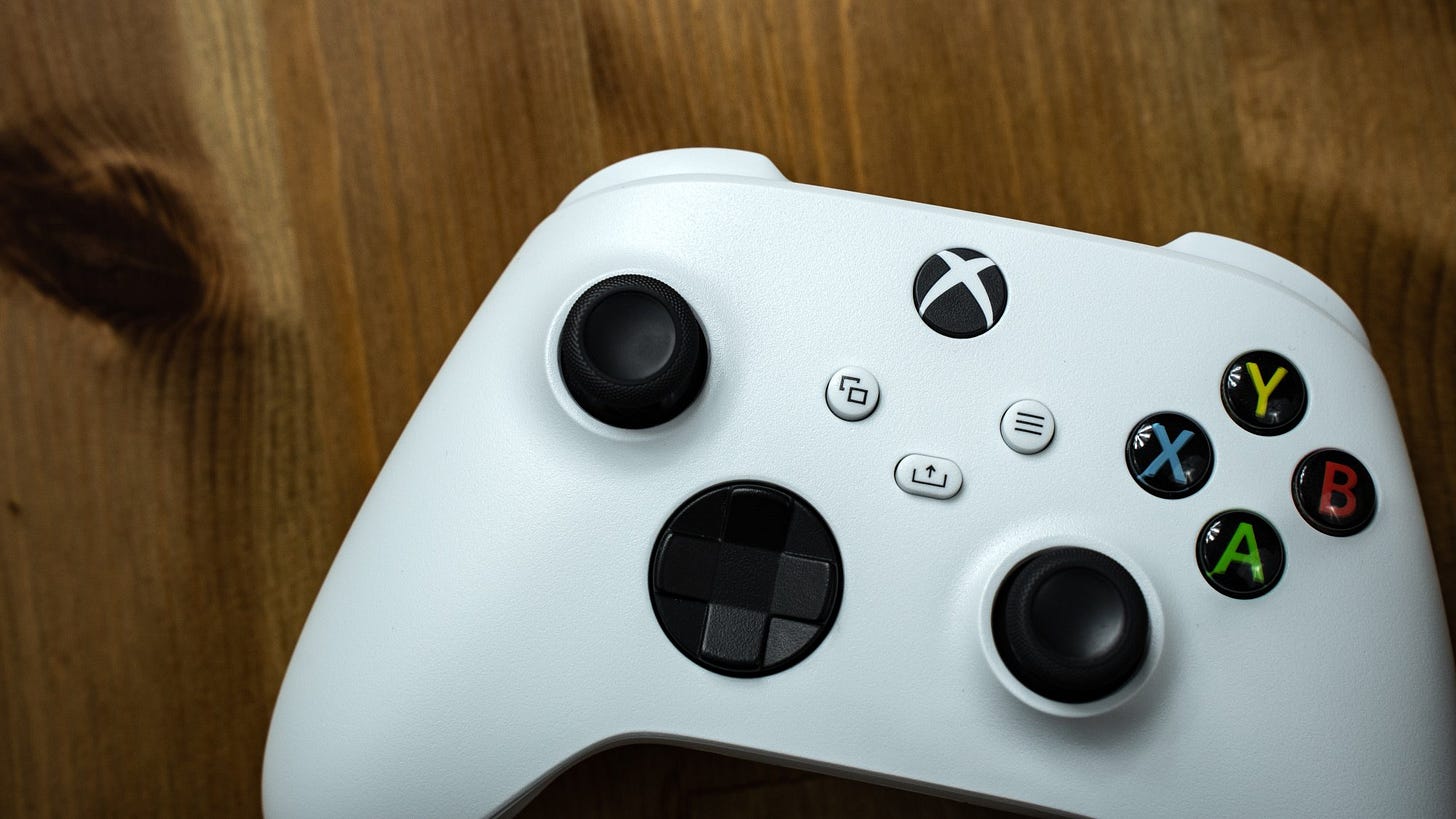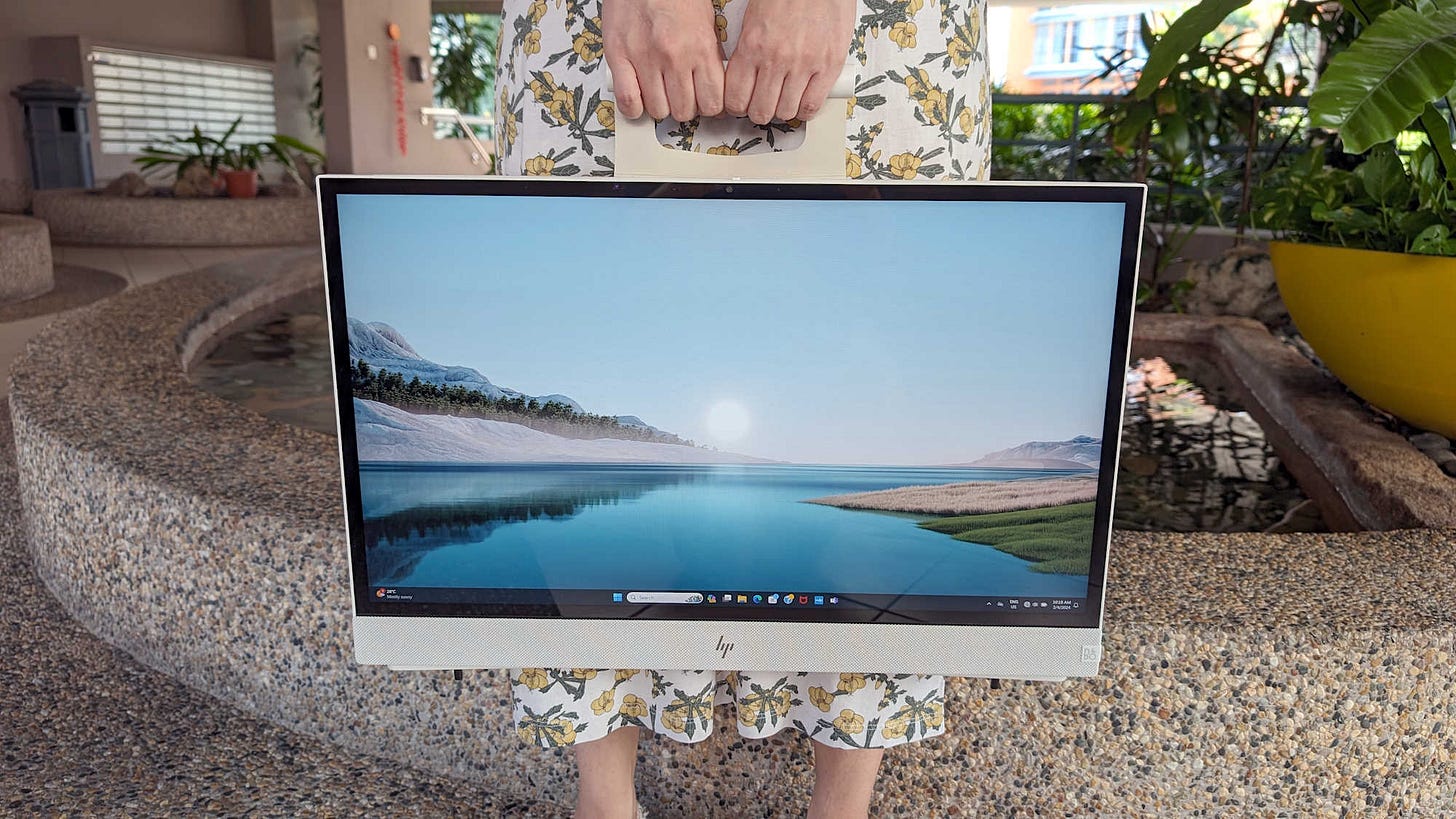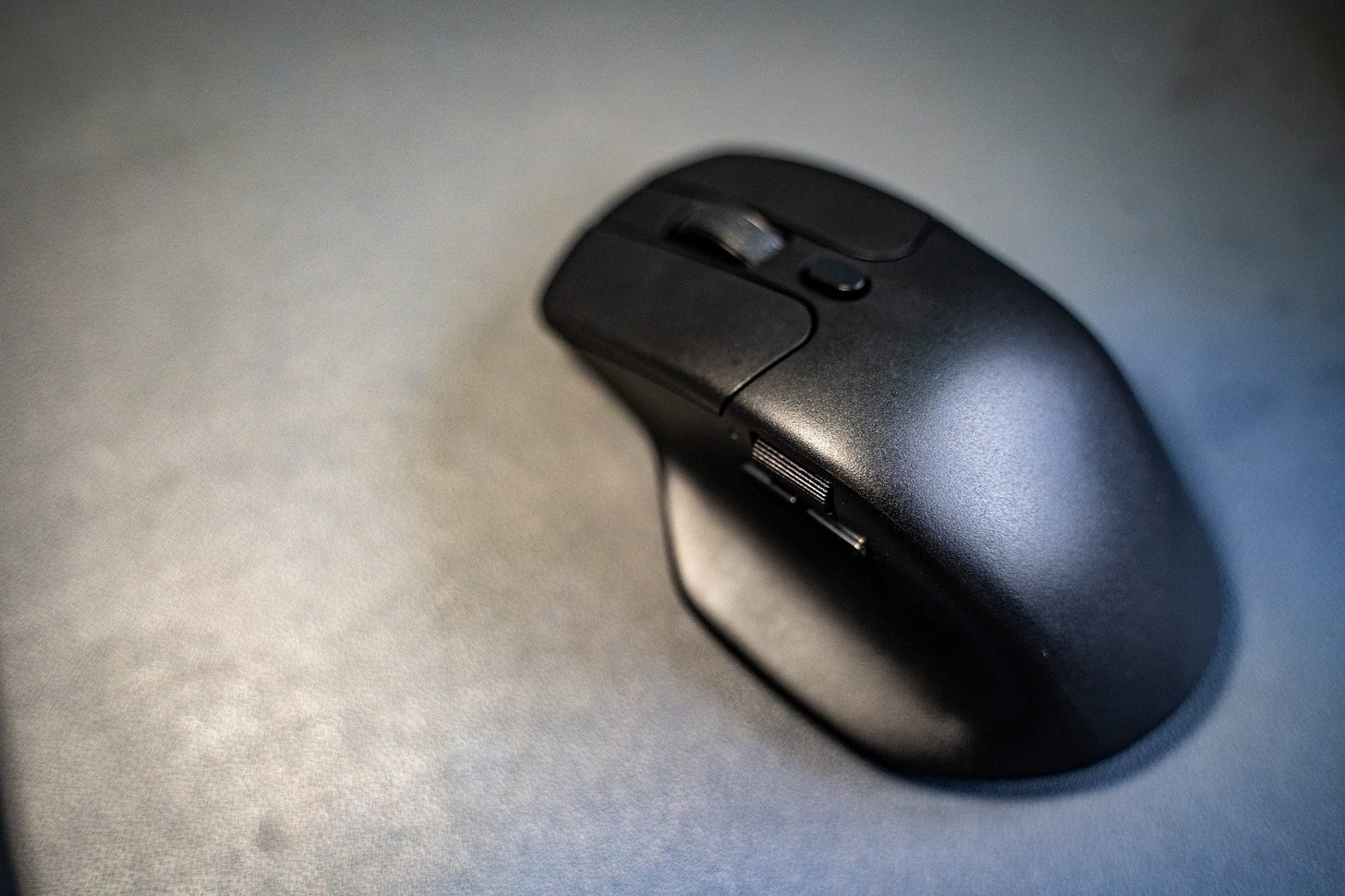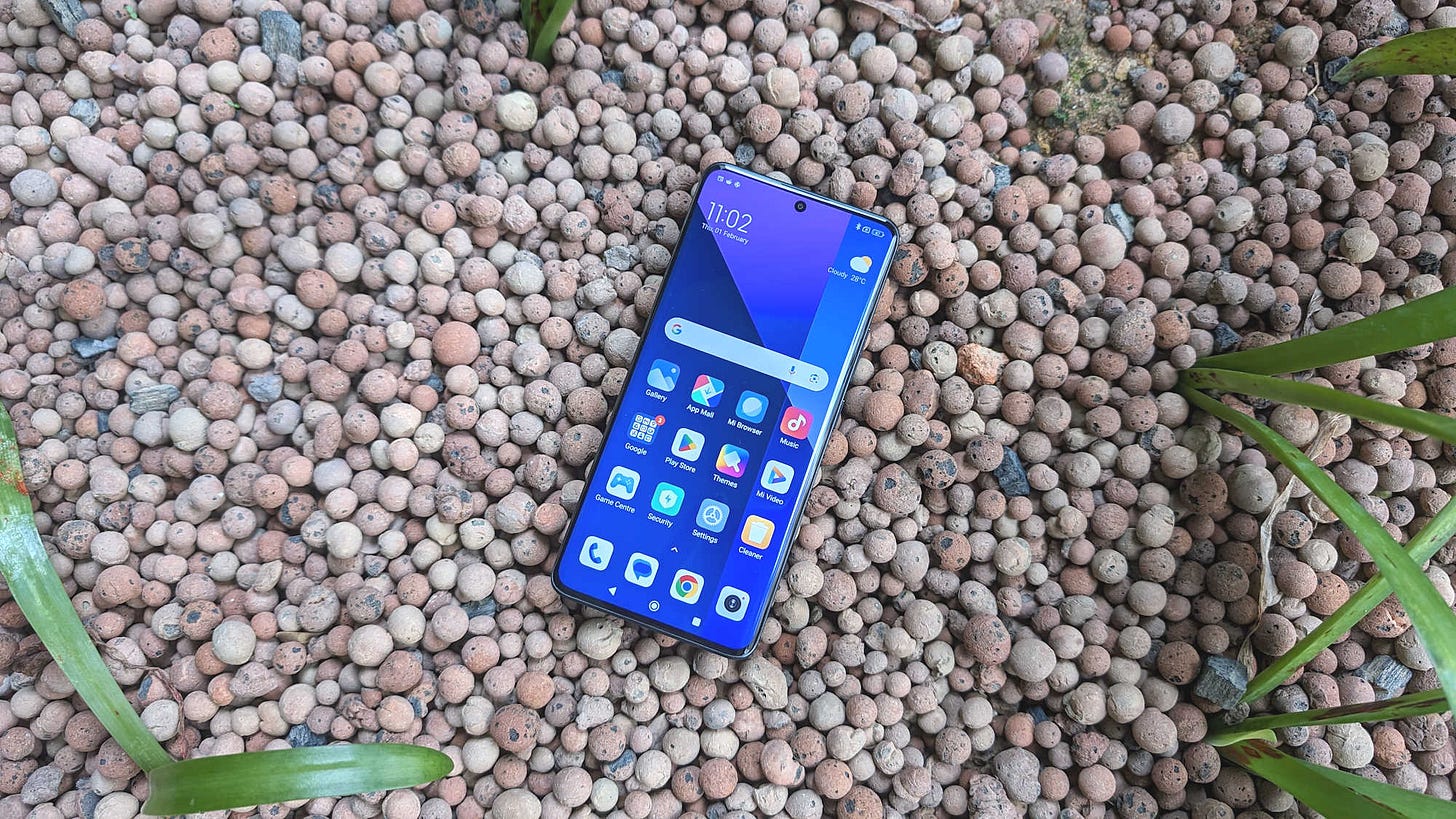End of the console wars?
Is this the beginning of the end for Xbox hardware
According to the grapevine, Microsoft is planning to release exclusive Xbox games (Starfield, Hi-Fi Rush, and even upcoming titles like Hellblade II) on other gaming platforms. Since console makers like Sony and Microsoft have traditionally competed by offering exclusive games on their platforms, such a move would be a drastic shift in strategy. To address these rumours, Xbox honcho Phil Spencer will give a “business update” next week.
But if Xbox games do go multi-platform, as seems likely, that would surely spell the end of the Xbox console. Sales of the latest Xbox Series X|S consoles are already lagging behind rival Sony’s PlayStation 5, and Microsoft CFO Amy Hood recently said that the console “will continue to decline over the next few years”.
Meanwhile, Microsoft has acquired a formidable stable of game studios over the years. And it would seem that the quickest way to monetise these purchases — the recent Activision Blizzard acquisition cost a eye-watering US$68.7 billion — would be to ensure that games from Microsoft’s studios are available on all platforms, not just for Xbox. It would also make sense to expand Microsoft’s subscription-based Game Pass service to other platforms — if that’s an option.
If Microsoft do decide to stop making Xbox consoles in the future, I’ll definitely miss the ease of use, and affordability that game consoles offer. My Xbox Series S, for example, is a cheap substitute for a gaming PC. While it’s not as good as a proper gaming PC, I don’t have to tinker with any settings or fiddle with hardware. It just works. Of course, if Microsoft do go multi-platform for its games, I can still get that console experience with a Sony PlayStation 5. But without Microsoft to keep Sony honest, and on its toes, what would happen to PlayStation? Would we see a price hike for the PlayStation 6? Perhaps Sony will take its own time to come up with a new one.
This week, we tested a cool, portable all-in-one PC from HP, a wireless mouse from Keychron, and an affordable mid-range Xiaomi phone. Check them out below:
An all-in-one (AIO) PC that’s portable. That’s the unique selling point of the HP Envy Move, which has some clever design tricks to pull this off seamlessly. It’s a decent computer, too, and not that expensive. But you may want to consider why you’d even want such a device in the first place.
The Keychron M6 Wireless Mouse looks great — on paper — for both work and play. But the mouse doesn’t quite live up to expectations. It feels cheap, for one. There were also issues with its Bluetooth connectivity. On the bright side, it’s lightweight, the buttons can be configured using Keychron’s software, and battery life is good.
The Redmi Note 13 Pro+ 5G keeps the 200MP camera sensor of the previous model, and makes some incremental upgrades, such as IP68 water and dust resistance, and a new in-display fingerprint sensor. However, it still offers a mostly-similar experience as last year’s version. It’s still running the older MIUI user interface, for example, instead of Xiaomi’s new HyperOS.





